Disclosure: This article contains affiliate links. We may earn a commission from purchases at no extra cost to you, which helps our travel content.
Barcelona is a city of contrasts—a place where medieval alleyways give way to modernist masterpieces, where the Mediterranean laps against industrial reimaginings, and where the true heartbeat of Catalonia pulses far from the postcard panoramas. After countless visits to this labyrinthine coastal metropolis, I've come to realize that the Barcelona most travelers experience is merely the glossy cover of a dog-eared novel with chapters far more fascinating than the introduction. While La Rambla heaves with tourists and Sagrada Família commands hour-long queues, locals are living their authentic Barcelona lives in neighborhoods that rarely make the guidebooks. This past spring, I spent a week deliberately getting lost in these lesser-known barrios, trading the well-worn tourist path for the chance to discover the city through local eyes. What I found was a Barcelona that breathes differently—one with community-driven art spaces, century-old vermouth bars, hillside plazas where neighbors still gather at dusk, and architectural wonders hiding in plain sight.
Poblenou: From Industrial Wasteland to Creative Playground
My love affair with post-industrial spaces made Poblenou an inevitable first stop on my neighborhood exploration. Once Barcelona's manufacturing heart—nicknamed the 'Catalan Manchester' for its textile mills—this seaside district has transformed into the city's innovation district while maintaining its working-class soul.
Exiting Poblenou metro station, I immediately noticed the juxtaposition of old and new: century-old factory chimneys standing sentinel over sleek glass offices and converted warehouse spaces. The main artery, Rambla del Poblenou, offers a local alternative to its famous namesake downtown—a tree-lined pedestrian boulevard where elderly Catalans play dominoes alongside young creative professionals tapping away on laptops.
The heart of Poblenou's transformation is undoubtedly Palo Alto Market, a former factory complex turned creative hub that hosts a vibrant weekend market. Wandering through its ivy-covered industrial buildings, I discovered local designers, artisanal food stalls, and pop-up bars serving craft vermouth. The market operates the first weekend of each month, but the complex houses permanent studios and workshops worth exploring anytime.
For architecture enthusiasts, Poblenou offers the chance to witness Barcelona's 22@ innovation district, where industrial heritage meets cutting-edge design. The striking Torre Glòries (formerly Agbar Tower) anchors this area, its bullet-shaped silhouette covered in 4,500 LED panels that illuminate the night sky. Nearby, the Disseny Hub Barcelona houses the city's design museum in a building that appears to float above a reflecting pool.
As afternoon turned to evening, I found myself at Balius Bar, a former pharmacy transformed into one of the neighborhood's finest cocktail spots. Their house vermouth, served with an orange slice and olive, paired perfectly with traditional Catalan tapas while I watched locals stream in after work, greeting each other with the familiar double-cheek kiss that marks Barcelona's social rhythm.

💡 Pro Tips
- Visit Palo Alto Market on the first weekend of the month for the full creative experience
- Explore Poblenou Cemetery for a hauntingly beautiful glimpse into Catalan funerary art and spectacular sea views
- Grab a beachside paella at Xiringuito Escribà—it's where locals go for special occasions
Gràcia: The Village Within the City
If Poblenou represents Barcelona's industrial past and innovative future, Gràcia embodies its independent spirit. Technically annexed by Barcelona in 1897, this former village still feels like a separate entity—a maze of narrow streets and sun-dappled plazas that operates on its own rhythms.
I started my exploration at Plaça del Sol, the social heart of the neighborhood. By day, it's where parents chat while children play; by night, it transforms into an open-air gathering spot where locals bring beers and guitars. For the authentic experience, I picked up supplies at Bodega Lo Pinyol, a traditional wine shop where the owner, Jordi, filled a recycled bottle with house vermouth from wooden barrels lining the wall.
Gràcia's true charm reveals itself through its network of plazas, each with distinct personalities. Plaça de la Virreina offers shade under orange trees and the impressive façade of Sant Joan church. Plaça de la Vila de Gràcia features a clock tower that once regulated village life. My personal favorite, Plaça del Diamant, provided the title for Mercè Rodoreda's famous novel about life during the Spanish Civil War—a literary connection that adds layers of meaning to this unassuming square.
The neighborhood comes alive during Festa Major de Gràcia in August, when residents transform streets into elaborate themed installations. But even in spring, I found evidence of Gràcia's creative spirit in its independent boutiques and artisanal workshops. At La Variété, I discovered handmade leather goods crafted on-site, while Llibreria Taifa offered carefully curated books in a space that hosts community readings.
After a day of wandering, I settled into a chair at La Vermu, where I ordered their house specialty alongside a plate of boquerones. For dinner, I followed a local recommendation to L'Anxoveta, where the bombas (potato croquettes topped with spicy sauce) came with a side of neighborhood gossip from the adjacent table who, noticing my Moleskine City Notebook, eagerly shared their own secret spots.
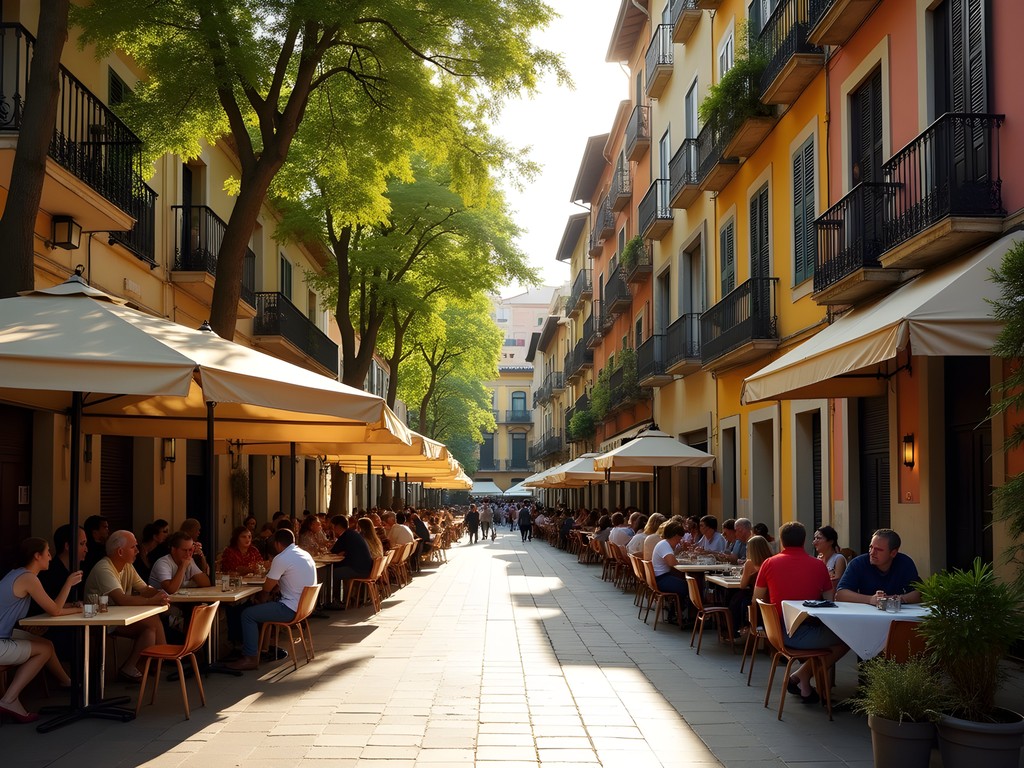
💡 Pro Tips
- Visit on weekday mornings to see local life in full swing at the neighborhood markets
- Book dinner reservations in advance for popular spots like L'Anxoveta
- Explore during Festa Major in August to see the incredible street decorations
El Born: Medieval Lanes with Modern Energy
While technically part of the Old Town, El Born deserves recognition as a neighborhood that balances tourism and local life better than its overcrowded neighbor, the Gothic Quarter. Sandwiched between Ciutadella Park and Via Laietana, these medieval streets have transformed from a once-dangerous area into one of Barcelona's most vibrant cultural districts.
My exploration began at the Mercat del Born, a magnificent iron and glass market structure from 1876 that now serves as a cultural center. During excavation for renovations, workers discovered extensive ruins of the medieval city destroyed after the Siege of Barcelona in 1714. Today, you can walk above these archaeological remains—a powerful reminder of Catalonia's complex history.
El Born's narrow lanes reveal architectural treasures at every turn. The magnificent Santa Maria del Mar basilica stands as a perfect example of Catalan Gothic architecture, its interior remarkably unadorned compared to other Spanish churches. I spent one peaceful morning sketching its harmonious proportions in my travel sketchbook, marveling at how the morning light filtered through the rose window.
The neighborhood's creative energy manifests in its independent shops and studios. La Manual Alpargatera has been crafting traditional Catalan espadrilles since 1941, while newer establishments like Nuovum showcase contemporary designers. I discovered Passeig del Born functions as the neighborhood's social spine—a wide promenade lined with tapas bars and cocktail spots that buzz with energy from afternoon until the early hours.
As a passionate urban explorer, I was particularly struck by El Born's architectural contrasts. Medieval stone buildings house sleek concept stores; centuries-old palaces have been transformed into museums and cultural spaces. The Picasso Museum, housed in five connected medieval palaces, exemplifies this harmonious blend of old and new that defines El Born's character.
For dinner, I avoided the tourist-oriented restaurants and instead found El Xampanyet, a traditional cava bar unchanged for generations. Standing-room-only among locals, I feasted on conservas (tinned seafood) and pan con tomate while sipping their house cava, served without pretension in small glasses that were continuously refilled as the evening progressed.
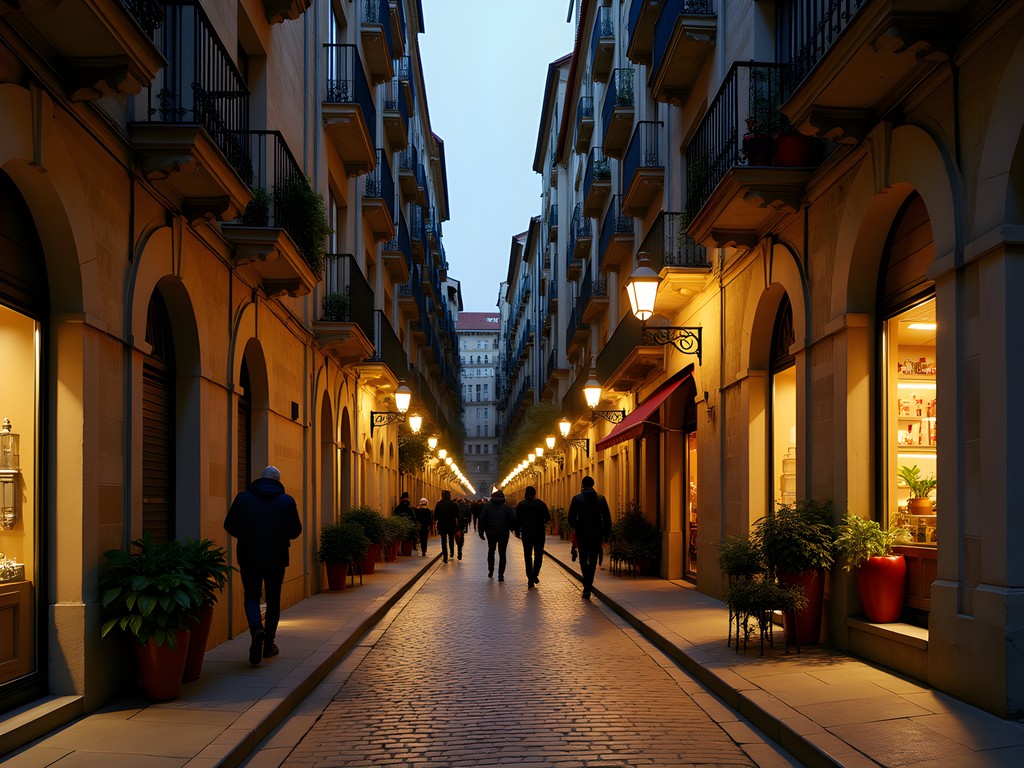
💡 Pro Tips
- Visit Santa Maria del Mar early morning or late afternoon to avoid crowds and see the best light
- Skip the tourist menus and opt for traditional bars like El Xampanyet for authentic experiences
- Explore the medieval palaces along Carrer Montcada to appreciate the neighborhood's aristocratic past
Sants: Working-Class Authenticity and Urban Renewal
Few tourists venture to Sants, despite it housing Barcelona's main railway station. This former industrial district, once a separate municipality, retains a proudly working-class identity and offers a glimpse into everyday Barcelonan life untouched by tourism's transformative effects.
My connection to Sants began through my professional interest in transport infrastructure. Barcelona Sants station is a major transportation hub, but beyond its utilitarian façade lies a neighborhood with a distinctive character. Walking down Carrer de Sants, the main commercial artery, I was immediately struck by the absence of souvenir shops and tourist menus—replaced instead by local businesses serving local needs.
The neighborhood's crown jewel is undoubtedly Parc de l'Espanya Industrial, a former textile factory reimagined as an urban park. Its distinctive design features artificial lakes, dragon sculptures, and terraced seating that transforms into an outdoor amphitheater. On the spring afternoon I visited, locals were using the space exactly as intended—families picnicking, teenagers skateboarding, elderly couples strolling along the water's edge.
For those interested in Barcelona's cooperative movement, Sants offers fascinating insights. Can Batlló, a massive former textile factory, has been reclaimed by neighborhood associations and transformed into community-managed spaces including workshops, a library, and urban gardens. It represents Barcelona's strong tradition of grassroots urbanism—something I've documented extensively in my work on post-industrial spaces.
The culinary scene in Sants revolves around traditional Catalan cooking rather than international cuisine. At Bar Bodega Montferry, I enjoyed classic dishes like cap i pota (head and leg stew) in a time-capsule setting where the wine comes straight from barrels and the menu hasn't changed in decades. For coffee, Cometa Café offers a more contemporary experience with specialty roasts and a community-focused atmosphere.
To capture the spirit of the neighborhood, I spent one evening photographing the sunset from Plaça de Sants with my travel camera, documenting the rhythm of local life as residents returned home from work, greeted neighbors, and settled into their evening routines. It's these unscripted moments that reveal a city's true character beyond its monuments and museums.
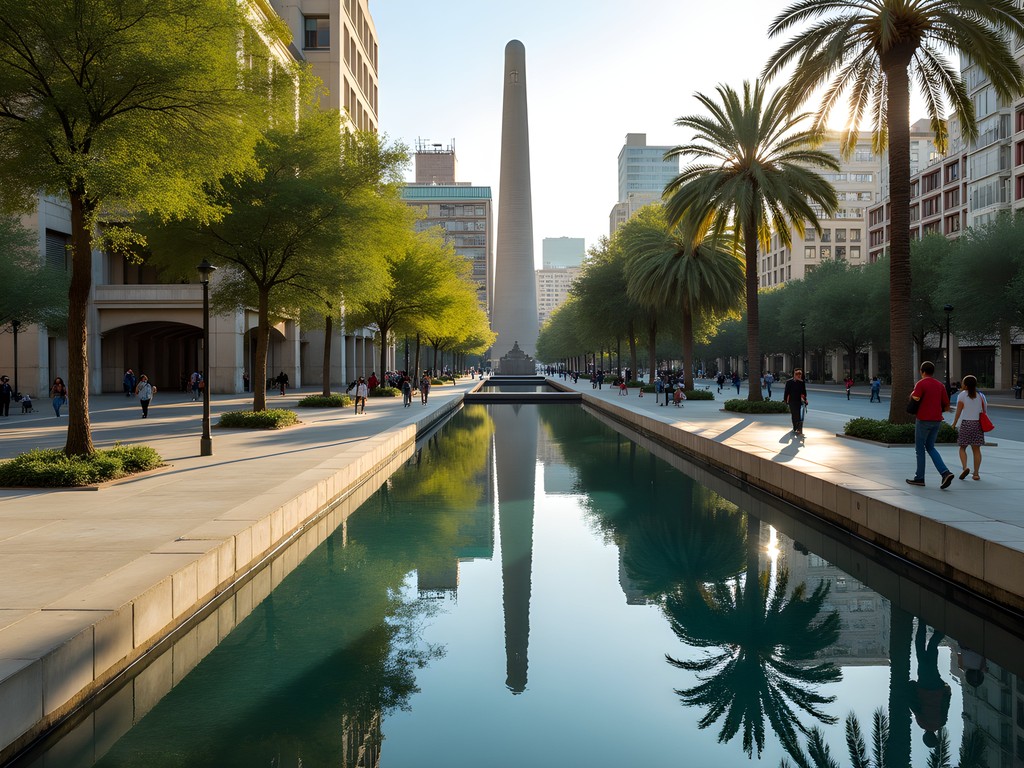
💡 Pro Tips
- Visit Mercat de Sants in the morning to see locals shopping for the freshest produce
- Explore Can Batlló during one of their public events to witness Barcelona's cooperative movement in action
- Take the funicular from Paral·lel to Montjuïc for spectacular views over Sants and western Barcelona
Poble-sec: Culinary Renaissance at the Foot of Montjuïc
Pressed between the looming presence of Montjuïc mountain and the bustling Paral·lel avenue lies Poble-sec, a compact neighborhood experiencing a gastronomic renaissance while maintaining its unpretentious character. The name translates to 'dry village'—a reference to being the first Barcelona neighborhood built outside the medieval walls, in an area with little natural water.
My exploration began with a morning hike up the slopes of Montjuïc, following the network of paths that locals use for their daily exercise routines. The reward was a spectacular panorama of the neighborhood below and the Mediterranean beyond. Descending into Poble-sec's grid of streets, I noticed how the neighborhood's topography creates a series of stepped terraces and sudden inclines—architectural features that longtime residents navigate without a second thought.
The heart of Poble-sec's revival is Carrer Blai, a pedestrianized street lined with pintxo bars (Basque-style tapas served on bread with a toothpick). Unlike the more famous tapas spots downtown, these establishments cater primarily to locals, with prices to match. I created my own progressive dinner, starting at La Tasqueta de Blai for classic options, then moving to Blai Tonight for more contemporary interpretations.
Passing by Quimet & Quimet, I couldn't resist stopping at this fourth-generation vermouth bar, where conservas (tinned seafood) are elevated to an art form. Standing shoulder-to-shoulder with locals at the barrel tables, I watched in fascination as the owner created spontaneous montaditos (topped toasts) based on whatever ingredients caught his eye from the shelves lining the walls.
Pobla-sec's theatrical heritage—it was once Barcelona's variety show district—lives on in venues like El Molino, a recently restored cabaret house with a façade that echoes Paris's Moulin Rouge. For a more contemporary cultural experience, Sala Apolo hosts everything from indie bands to flamenco performances in a former theater.
The neighborhood's multicultural character becomes evident as you explore its side streets, where Pakistani grocery stores sit alongside traditional bodegas, and Argentine empanada shops neighbor Catalan bakeries. This diversity extends to Poble-sec's newest wave of residents: creative professionals drawn by relatively affordable rents and proximity to the city center.
As evening fell, I joined locals at La Federica, a corner bar with tables spilling onto the sidewalk, where I sipped natural wines and reflected on how Poble-sec embodies Barcelona's talent for reinvention without erasure—honoring its working-class roots while embracing change on its own terms.

💡 Pro Tips
- Visit Carrer Blai on weeknights rather than weekends to avoid the crowds that now flock to its pintxo bars
- Bring a reusable water bottle and comfortable shoes for exploring the Montjuïc slopes
- Look for restaurants displaying a 'Menu del Dia' sign for excellent value three-course lunch specials
Final Thoughts
Barcelona reveals itself in layers, each neighborhood telling a different chapter of the city's evolving story. From Poblenou's industrial reinvention to Gràcia's village-like charm, El Born's medieval passages to Sants' working-class authenticity, and Poble-sec's culinary renaissance—these distinct barrios offer glimpses into the many faces of Barcelona beyond the postcard views. As an urban explorer, I've found that the most rewarding travel experiences come from venturing just a few metro stops away from the established tourist circuits, where daily life unfolds unperformed and communities maintain their distinctive rhythms. Barcelona rewards this curiosity abundantly. So next time you visit, by all means, admire Gaudí's masterpieces and stroll La Rambla—but then, hop on the metro, pick a neighborhood from this guide, and allow yourself to get pleasantly lost in the Barcelona that locals know and love. The real city awaits, just beyond the guidebook page.
✨ Key Takeaways
- Barcelona's neighborhood identities remain strong, each offering a distinctive atmosphere and experience
- Spring is ideal for exploring these areas, with pleasant temperatures and fewer tourists than summer months
- Local markets provide the perfect window into authentic neighborhood life across the city
- The best experiences come from slowing down and adopting local rhythms rather than rushing between attractions
📋 Practical Information
Best Time to Visit
Spring (April-June) or Fall (September-October)
Budget Estimate
€70-120 per day including accommodations, food, and local transport
Recommended Duration
7 days (allowing one day per neighborhood plus time for major attractions)
Difficulty Level
Moderate (Involves Significant Walking, Navigating Public Transport, And Basic Spanish/catalan Phrases Helpful)
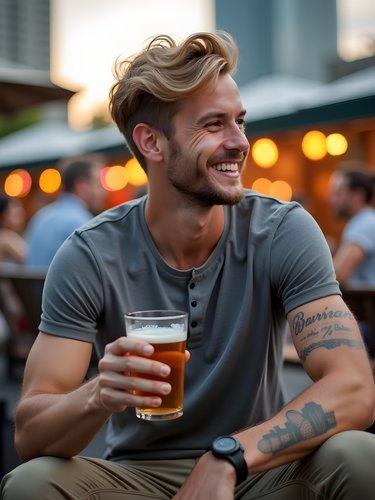
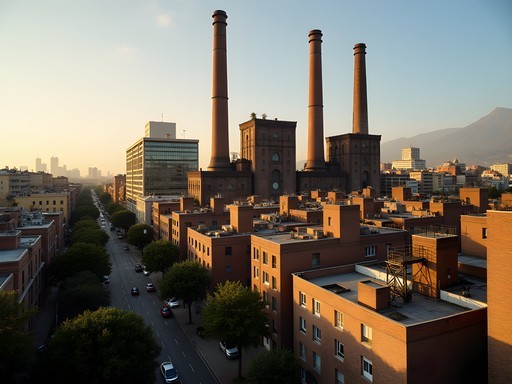

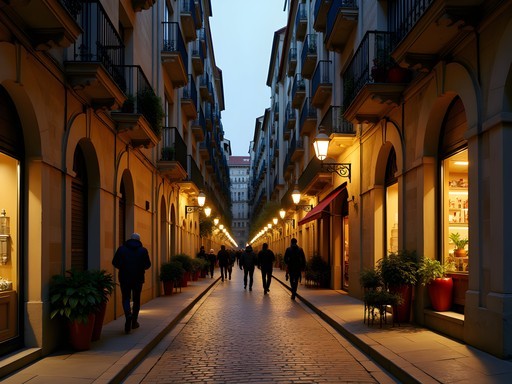
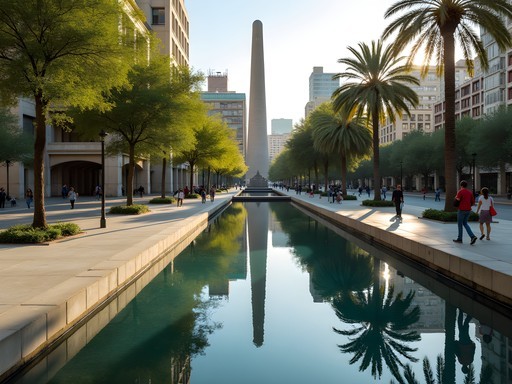
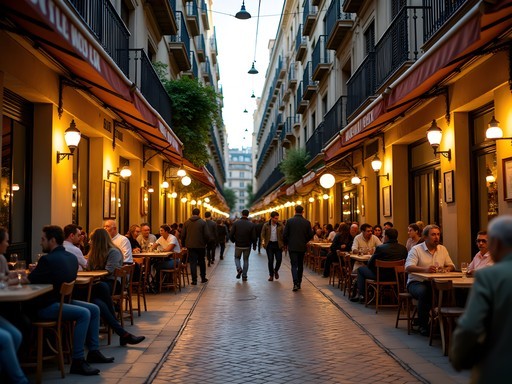


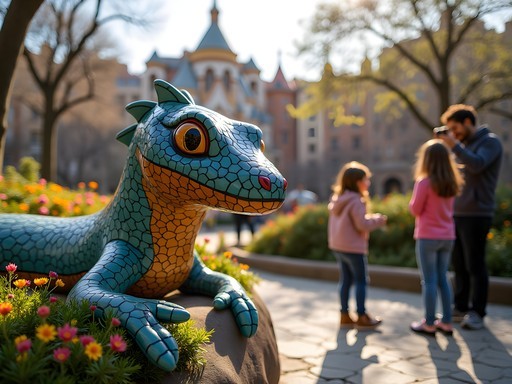

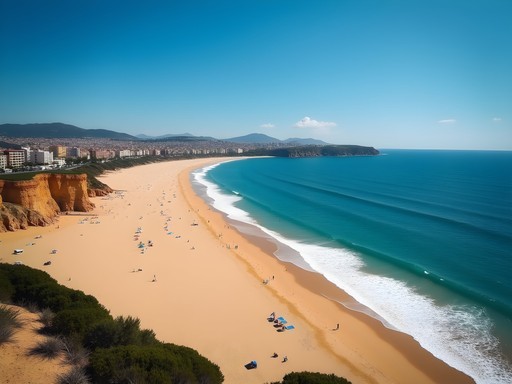
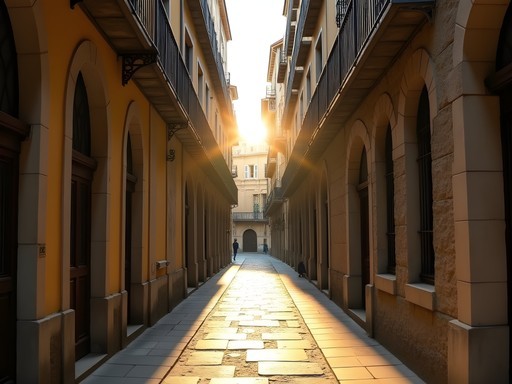
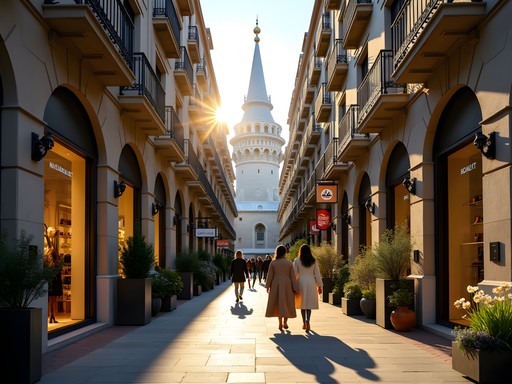



Comments
Frank Garcia
Excellent breakdown of Barcelona's hidden gems, Jerry. Having spent three months backpacking across Catalonia last year, I'd add that Sants has some of the most authentic food experiences in the city. The mercado there is where actual locals shop - prices are about 40% less than La Boqueria and without the tourist markup. The railway heritage of Sants also makes for fascinating urban exploration, especially around the converted factory spaces. For anyone visiting, I recommend exploring these neighborhoods on Sunday when the city center is overrun but these local spots maintain their authentic rhythm. Just remember that many family-owned shops close for siesta between 2-5pm!
Jerry Kelley
Great insights about Sants, Frank! You're absolutely right about the mercado - it's where I'd go when I lived there. The Sunday tip is gold too.
escapegal
Just got back from Barcelona and used this guide to explore Gràcia! Loved the vibe there - so different from the crowded touristy areas. Found this amazing little square (Plaça de la Virreina) with the cutest cafes. Wish I'd brought my pocket translator though - the menus were all in Catalan and my Spanish wasn't much help!
coolace
Heading to Barcelona next month for the first time! Is it safe to walk around these neighborhoods at night?
summerphotographer
Great post! How's the public transport for getting to these neighborhoods? Is it easy to navigate between them?
nomadway
The metro in Barcelona is super easy to use and connects all these neighborhoods! Get a T-Casual ticket for 10 rides - much cheaper than single tickets and you can share it with friends.
Marco Flores
El Born stole my heart when I visited Barcelona last spring! I stumbled upon this tiny vermutería down a narrow alleyway where the owner taught me the proper Catalan way to drink vermouth - with an olive, orange slice and splash of soda. The contrast between medieval architecture and hip boutiques makes it feel like you're walking through different centuries with each turn. Jerry, your descriptions captured that energy perfectly! Did you ever visit that hidden cocktail bar behind the bookshelf in Paradiso? That place blew my mind.
escapegal
Paradiso is on my list! Is it really worth the hype? I heard the lines can be crazy.
Marco Flores
Go on a weekday around 6pm and you'll be fine! Definitely worth it - their smoked cocktails are incredible.
nomadway
Spent a month in Poblenou last year and it's exactly as you described - such a cool mix of old industrial vibes and creative energy! The craft beer scene there is incredible too. Poble Sec is another hidden gem worth checking out - less touristy but amazing tapas bars along Carrer de Blai.
roamking
Been to Barcelona twice but only stuck to the main attractions. Which of these neighborhoods would you recommend for someone with just one free day to explore?
Jerry Kelley
If you've only got one day, I'd say Gràcia gives you the most authentic local experience with great plazas, food, and it's fairly compact to explore on foot. Start at Plaça del Sol and just wander!
roamking
Perfect, thanks! Will definitely check out Gràcia on my next trip.
smartguide
Just wanted to add that if anyone's planning to explore these neighborhoods, the 10-trip T-Casual metro ticket is perfect. We based ourselves in Sants (much cheaper accommodations!) and just took the metro everywhere. The area around Sants station isn't pretty but walk 10 minutes to Plaça d'Osca and you'll find this amazing square full of local restaurants. Thursday nights were especially lively!
Frank Garcia
Jerry, this is a fantastic breakdown of Barcelona's hidden gems! Having spent 3 months in BCN last year, I'd add that Poblenou's transformation is still happening - some streets feel completely different from how they were even two years ago. For anyone heading there, don't miss the Palo Alto Market (only open first weekend of each month) for local designers and street food. One thing I'd add about El Born - it's getting more touristy by the day, but if you go deeper into the neighborhood away from Santa Maria del Mar church, you'll still find those authentic spots. Try El Chigre 1769 for amazing Catalan-Asturian fusion tapas that locals actually eat. I'm surprised you didn't mention Sant Antoni though - that neighborhood is having a moment right now with the revamped market and all those vermut bars!
smartguide
Frank - heading to BCN next month and taking notes! Any recommendations for good coffee spots in these neighborhoods? I'm tired of the tourist trap cafes.
Frank Garcia
Check out Nomad Coffee in Poblenou - proper specialty coffee in an old warehouse space. In Gràcia, SlowMov is fantastic, and they roast their own beans. Both places where you'll hear more Catalan than English! I always carried my pocket guidebook which has some good neighborhood maps that were actually useful.
globemaster4996
Just got back from Barcelona last week and totally agree about Gràcia! We stumbled upon it by accident when our Airbnb host recommended we check out some local festival happening there. Such a different vibe from the touristy areas - people actually live there! Plaça del Sol was packed with locals just hanging out and the tapas bars were half the price of those near La Rambla. Wish I'd read this before going!
Frank Garcia
Was that the Festa Major de Gràcia? If so, you got super lucky! It only happens once a year in August and the street decorations are incredible. I spent three days just exploring the different streets last year.
globemaster4996
No, it was something smaller in October, but now I want to go back for that one! The locals were super friendly even with my terrible Spanish.
Venture X
Premium card with 2X miles, $300 travel credit, Priority Pass